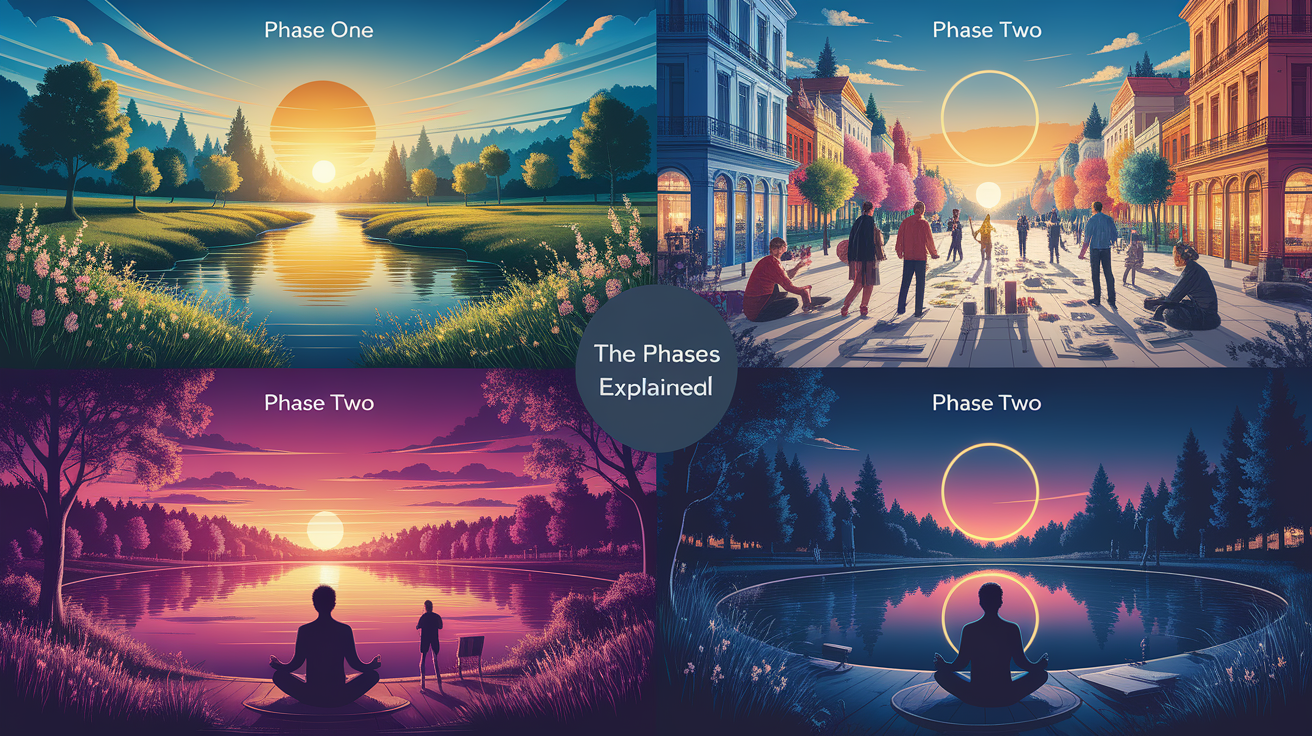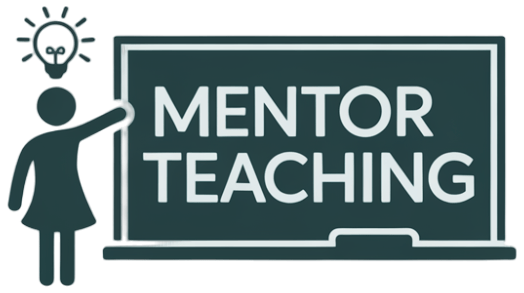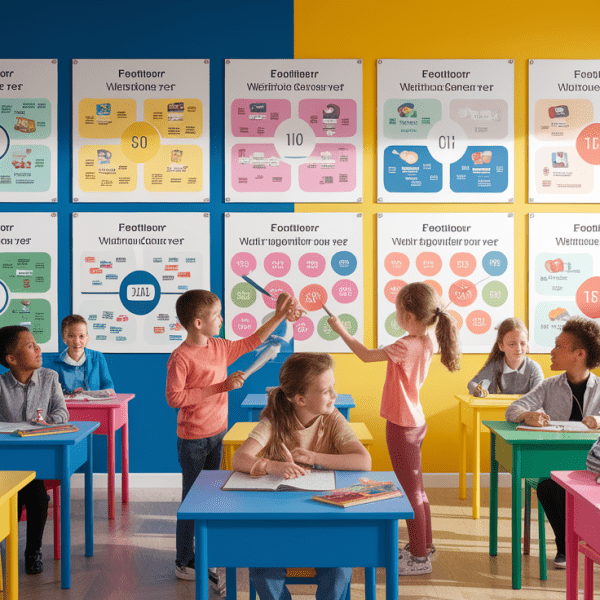Kickstart Your Classroom Innovation
Have you ever had that aha! moment in class when you thought, “If only I could tweak this one thing… it might really help my students thrive”? That’s exactly where teacher action research comes in. Think of it as your personal teacher toolkit for systematic inquiry into your own practice — a way to turn those bright ideas into evidence-based change. Instead of guessing what works, this cyclical process invites you to plan, act, observe, and reflect, using real classroom data to fuel instructional improvement.

The beauty of classroom-based research is that you’re the researcher and the practitioner, seamlessly blending teaching with investigation. This means your professional development isn’t something that happens at a distant workshop…it’s happening right in your classroom, every single day.
The Four Phases Explained
The action research cycle is like a carousel — you step on, ride through each stage, and then hop back on for the next round, with improved strategies each time. The cyclical process typically unfolds in four key phases:

- Plan – Identify a teaching challenge, imagine possible solutions, and develop a strategy. This is where clear research questions take form.
- Act – Put your plan into action in the classroom. Implementation strategies can be as small as adjusting the seating plan or as bold as trying a new curriculum design.
- Observe – Collect data from your class using observation, surveys, student work samples, or assessments. Validity and reliability matter here to ensure your data represents actual student learning outcomes.
- Reflect – Analyze your results, consider what worked and what didn’t, and outline adjustments for the next cycle.
These phases form a loop rather than a straight line, creating opportunities for continuous improvement and collaborative inquiry with colleagues.
Implementing Your First Cycle
Diving into your first teacher action research cycle can feel a bit intimidating — but trust me, it’s a thrilling ride! First, choose a classroom challenge that you’re truly curious about. It could be increasing engagement during science lessons or improving the quality of peer feedback in writing workshops.

Next, map your cycle using a research design that fits your context. Whether you opt for qualitative research, quantitative research, or mixed methods, your data collection plan should be practical yet comprehensive. You might use quick student surveys, lesson video recordings, or rubric-based evaluations — whatever aligns with your goals and available time.
Remember, as the teacher as researcher, you’re combining everyday teaching with systematic inquiry. That means your innovation is classroom-grounded, built for the students in front of you.
Analyzing & Refining Practice
Once that first cycle is complete, it’s time to put on your data detective hat. Start by organizing your evidence — think charts, annotated student work, or tallies of classroom participation. Then, dive into data analysis: look for patterns, surprising results, and moments of breakthrough.

This is where reflective practice shines. Through collaborative discussions with peers or professional learning communities, you can unpack your findings and brainstorm refinements. This step strengthens instructional improvement because it helps transform insights into actionable changes for your next cycle.
Tip: Don’t just focus on what worked; understanding what didn’t work is equally powerful. Every ‘flop’ is simply a stepping stone to pedagogical excellence.
Closing the Loop for Ongoing Growth
The final step is also the beginning of the next — closing the loop. Your revisions lead directly to a new plan, starting the cycle again but this time with deeper wisdom and sharper strategies. This iterative rhythm is at the heart of practitioner research and keeps your teaching fresh, responsive, and innovative.
Over time, these linked loops create a spiral of development: each cycle builds on the last, strengthening your skills, refining your curriculum improvements, and enhancing student learning outcomes in tangible ways. Plus, you’ll have a portfolio of research findings that not only document your growth but also inspire peers in your community of practice.
So, ready to hop on the carousel again? With each turn, you’re not just teaching — you’re leading educational innovation in your own classroom.




